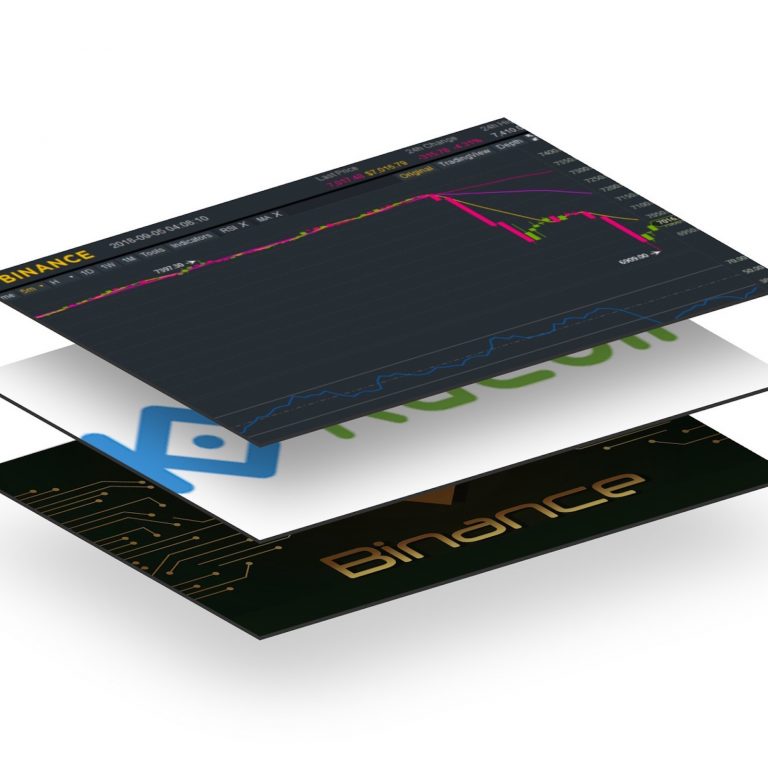2018-11-7 10:19 |
Initial Coin Offerings, or ICOs, have been a go-to method of fundraising for many cryptocurrency startups this year, and with good reason. They are one of the only times, for many digital assets, that the investor is able to get a “discounted” rate on what the token will eventually be worth. The model has come with positive results over the last few years, raising $95 million in 2016, and skyrocketing to $3.88 billion raised in 2017. That leads many investors to wonder – how are ICOs doing this year?
Based on projections by Bloomberg, that number is not that easy to calculate. By some measures, it would be easy to say that 2018 has managed to raise $22 billion with ICOs, but there is one factor that has to be introduced – deflation. It is not as easy as finding a reliable resource, because there are multiple websites that commonly report these details, and nothing matches.
Even though blockchain thrives on the concept of honest transactions, cryptocurrency is a little harder to maintain that same opinion with. With ICOs this year, considering the continued changes in the market and the lack of requirements placed upon the issuer, there are no regulated filings that can record this information.
Co-founder of CoinSchedule, Alex Buelau, put it simply:
“At the end of the day, there’s no way to really agree on the information based on provable facts. It’s early days. The question is how can the industry create an incentive for these guys to report accurate numbers? At this point there’s no incentive.”
The majority of data trackers that would have this information are entirely reliant on the issuers of the digital assets to gain information about their ICOs. However, since there is no regulatory requirement for recording these details, the answer is varied. For example, Ruby-X is one such exchange project that took part in their own ICO. In a report from CoinSchedule, they raised $1.2 billion, while ICORating says that it brought in $200 million. Autonomous Research did not even include their findings, considering the lack of reliability with their online footprint. To date, Ruby-X has not provided any comment.
A more extreme situation involves the Petro token in Venezuela. The President himself said that they had raised $5 billion in offers in March, though the next month came with a new figure – $3.3 billion raised. The website now claims it is $735 million, which is what CoinSchedule and ICORating are going off.
Even with the hopes of finding an accurate measurement, finding the most basic of information about token sales can prove to be fruitless at worst, inaccurate at its best. ICORating bases their findings off issuer information, investors, and the company’s blockchain. Elementus, on the other hand, primarily tracks details on the blockchain and factors in numbers from reliable companies. Tracing the transactions is one of the most accurate ways of finding this information, but it does not have information about the fiat currency used in the process, making the results skewed.
As if all of these difficulties did not create enough confusion, the nature of ICOs is now changing as well. In fact, rather than using crowdfunding for sales, many tokens are targeting specific investors with an offering.
Co-founder of ICORating, Sasha Kamshilov, commented,
“It’s a lot more difficult to find out information about private sales. It’s really important for regular investors to know the actual price and conditions of a private sale.”
When it comes to an industry that is still in its early days, the narrative matters. Ultimately, aside from a few educated guesses, there is no real way to presently determine how much was raised in ICOs this year. Perhaps, the continued work from the SEC regarding regulations will end up providing more clarity.
origin »Waves Community Token (WCT) на Currencies.ru
|
|






















